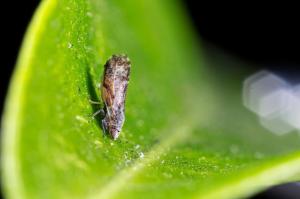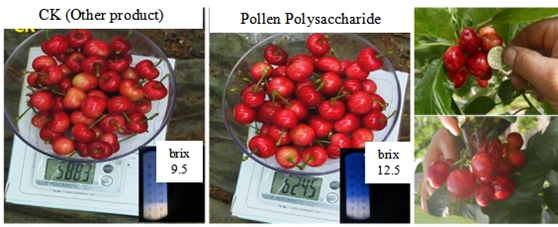Using Aromas To Prevent Citrus Disease

The Asian citrus psyllid. Photo By: Mike Lewis, CISR, UC Riverside.
A research team at the University of California (Riverside) has targeted the olfactory system of the Asian citrus psyllid (ACP) in an effort to modify the pests behavior and prevent it from spreading a bacterium that causes a lethal citrus disease, huanglongbing (HLB), one of the most destructive diseases of citrus worldwide.
ACP-HLB is a threat to California’s annual $2 billion citrus industry. This insect-disease combination has cost Florida’s citrus industry $1.3 billion in losses, and production costs have increased by 40%.
“The ACP olfactory system is sensitive to a variety of odorants released by citrus plants. This presents an opportunity to develop attractants and repellents using odors,” said Anandasankar Ray, an associate professor of entomology and the director of the Center for Disease Vector Research, who led the research project.
Researchers believe the research could lead to the development of a series of attractants and repellants, which could aid in the treatment for ACP, which currently involves spraying insecticides and culling infected trees.
Besides California, ACP and HLB are found in Florida, Louisiana, Georgia, South Carolina, the Caribbean, Central America, and large parts of Mexico and Brazil.






